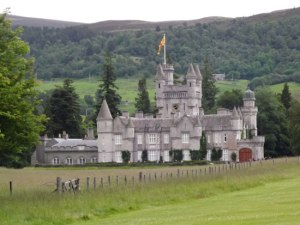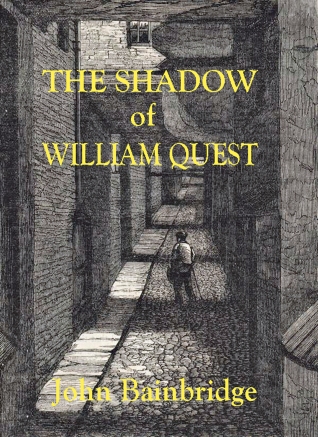Paston Footprints 600 project invites volunteers to uncover family’s secrets
A partnership between the University of East Anglia (UEA), the Paston Heritage Society and other community groups will bring one of Britain’s most prominent medieval families to life for future generations.
The Paston Footprints 600 project is an opportunity for anyone interested in literature, history, genealogy, landscapes, dialect, or architecture to collaborate with researchers endeavouring to reveal more about the family whose influence continues today in Norfolk and beyond. Initial support from the Heritage Lottery Fund (HLF) for the development of the community research project was announced today.
The Pastons were Norfolk’s leading family from 1380-1750, rising from medieval peasants to eventually become merchants and lawyers, and enter the European battlefields and Tudor courts. Moreover, their correspondence represents what’s believed to be the earliest collection of family letters anywhere in the world, relating not only their patronage of early literary figures and dealings with aristocracy around Britain and abroad, but also petty familial infighting and intrigue.
Many of the medieval Paston letters are held by the British Library, but the Paston Footprints 600 project aims to examine and digitise the family’s correspondence from the 16th and 17th centuries, held by the Norfolk Record Office (NRO). It will be the first ever large-scale community project to uncover specific local links with this influential family. The project leads into 2018, which marks the 600th anniversary of the first Paston letter, when a major festival and exhibitions will be held Norwich and Norfolk.
The University and other partners will provide skills training for volunteers on how to access and interpret archives, buildings, landscapes, monuments, tombs, heraldry and objects. This material will form narratives for 10 heritage trail walks around Norfolk, as well as inspiring creative writing, drama, artistic displays and celebratory events. The digital creations, including 3-D modelling of important Paston buildings such as Mannington Hall, will be created by and for the communities to preserve, record and interpret the family’s rich heritage.
The project is supported by an initial £13,000 development grant from the HLF, in partnership with community and heritage organisations including the NRO, the Norfolk Heraldry Society, Community Action Norfolk, Hungate Medieval Art and Active Norfolk.
Dr Karen Smyth, a senior lecturer in medieval and early modern literature at UEA, is leading the project, in partnership with the Paston Heritage Society.
Dr Smyth said: “The Pastons tell the story of Norfolk through hundreds of years, illustrating the change from people working in the fields to members of the family becoming successful merchants and influential and powerful lawyers. They married across all sections of society, and influenced the Norfolk dialect and the history and culture of the county.
“The project aims to digitise the 16th and 17th century collections held in the Norfolk Record Office, allowing online public access to the collections for the first time.
“The Pastons hold an important place in Norwich’s UNESCO City of Literature status, both as significant patrons of literature and as offering us the earliest collection of family letters in Europe – but also in the way they can inspire writers of today. Creative, artistic and innovative interpretations will be a major feature of this project.”
Working with heritage, tourism and educational sectors and communities across Norfolk, the Paston Footprints 600 project will have key hubs in Norwich, Paston, Bacton and North Walsham.
Dr Rob Knee of the Paston Heritage Society said: “Anyone can help us discover links and share the remarkable story of the Paston family, from the smallholdings at Paston village to the glittering halls of their heyday.
“We shall need to research the archives, study the landscape, decipher the heraldry and tombs of a dozen churches. Through the project, we can create interpretative pieces and plan walks and cycle routes that will allow visitors to recognise and follow the fascinating footprints of one of Norfolk’s most remarkable families.”
The project team is looking for more volunteers and partnerships with schools and community groups. A volunteer day will be held on 3 September at UEA.
To learn more or get involved, please contact the team at: PastonFootprints600@gmail.com or tweet @pastonfootprint. More information about the Paston Footprint 600 project can be found at: http://tinyurl.com/zqnxlqh











 The need to seek revenge is an unpleasant but undeniable human instinct. Turning the other cheek might be the best real-life policy, but it simply won’t do in a thriller. The Bible tells us that “vengeance is mine, saith the Lord, I will repay.”
The need to seek revenge is an unpleasant but undeniable human instinct. Turning the other cheek might be the best real-life policy, but it simply won’t do in a thriller. The Bible tells us that “vengeance is mine, saith the Lord, I will repay.”